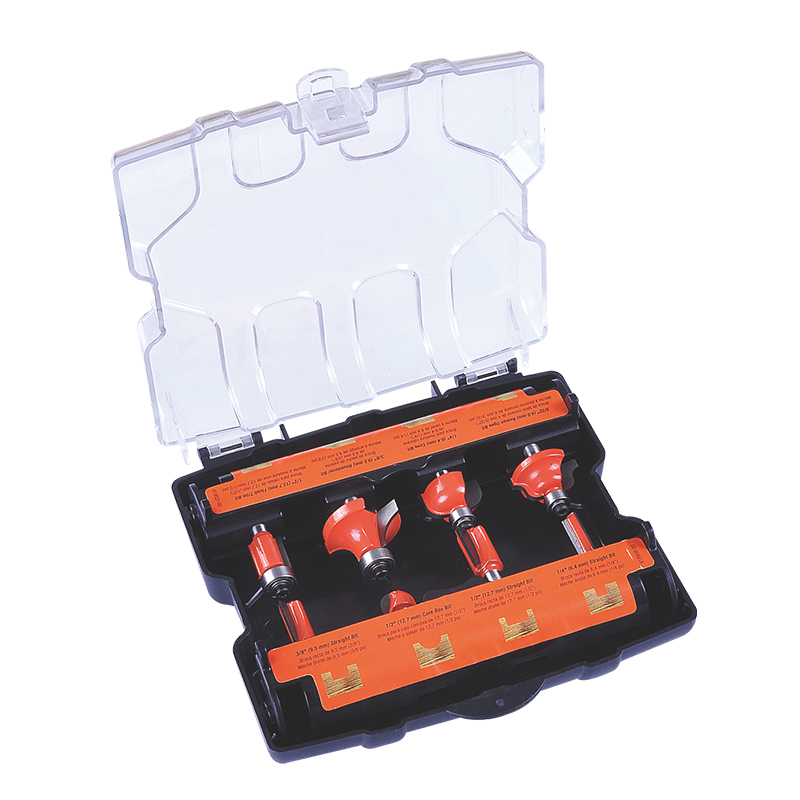2025-01-10
In the realm of precision manufacturing, the selection of the appropriate CNC Milling Cutter is paramount to achieving high efficiency in the machining process. The CNC Milling Cutter, a critical component in Computer Numerical Control (CNC) machining, is responsible for shaping and cutting materials with precision and speed. Choosing the right CNC Milling Cutter can significantly impact the quality of the finished product, the speed of production, and the longevity of the tool itself. This article delves into the factors that must be considered when selecting a CNC Milling Cutter to enhance machining efficiency.

The material being machined plays a crucial role in determining the type of CNC Milling Cutter to be used. Different materials, such as steel, aluminum, plastics, or composites, require different types of cutters due to their varying hardness and thermal properties. For instance, a carbide-tipped CNC Milling Cutter is often preferred for harder materials like steel, while high-speed steel cutters may be more suitable for softer materials like aluminum.
The geometry of the CNC Milling Cutter is another critical factor. The shape and size of the cutter directly influence the cutting action and the surface finish of the workpiece. A well-designed CNC Milling Cutter with appropriate helix angles and flute counts can cause smoother chip evacuation, reduced heat generation, and improved surface finish. Additionally, the choice between a single or multi-tooth cutter can affect the feed rate and the overall cutting performance.
The size and shape of the cutting tool must also be considered about the workpiece and the machine's capabilities. A CNC Milling Cutter that is too large for the machine's spindle or the workpiece's dimensions can cause excessive stress, potential tool breakage, and poor surface finish. Conversely, a cutter that is too small may not be able to remove material efficiently, causing longer cycle times and reduced productivity.
The cutting parameters, such as feed rate, spindle speed, and depth of cut, are closely tied to the selection of the CNC Milling Cutter. A cutter with a high flute count may allow for higher feed rates without causing excessive heat build-up, while a cutter with a lower flute count may require a more conservative approach to avoid tool deflection and breakage.
The coating of the CNC Milling Cutter is another aspect that can influence its performance. Coated tools can offer improved wear resistance, reduced friction, and better heat dissipation, which can cause longer tool life and improved surface finish. However, the type of coating must be compatible with the material being machined to avoid chemical reactions or reduced effectiveness.
The balance between cost and performance is also a consideration when selecting a CNC Milling Cutter. While high-quality cutters may have a higher initial cost, they often provide better performance, longer tool life, and ultimately lower overall costs due to reduced downtime and fewer tool changes.
Lastly, the availability of the CNC Milling Cutter and the guide time for custom tools should not be overlooked. In high-production environments, having the right cutter on hand can prevent delays and maintain a smooth production flow.
In conclusion, selecting the right CNC Milling Cutter is a multifaceted decision that involves understanding the material being machined, the desired surface finish, the machine's capabilities, the cutting parameters, the tool's geometry and coating, and the cost implications. By carefully considering these factors, manufacturers can optimize their machining processes, improve efficiency, and achieve good results with their CNC Milling Cutters.